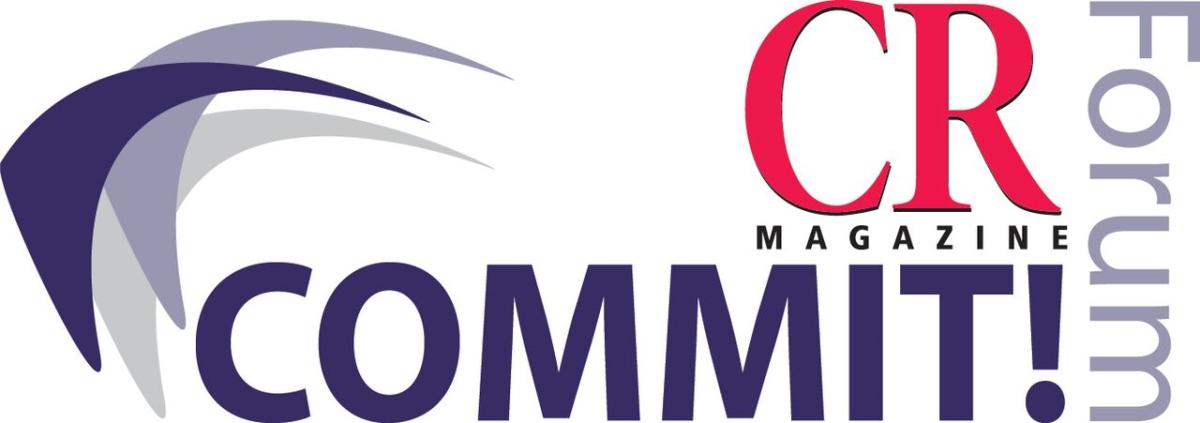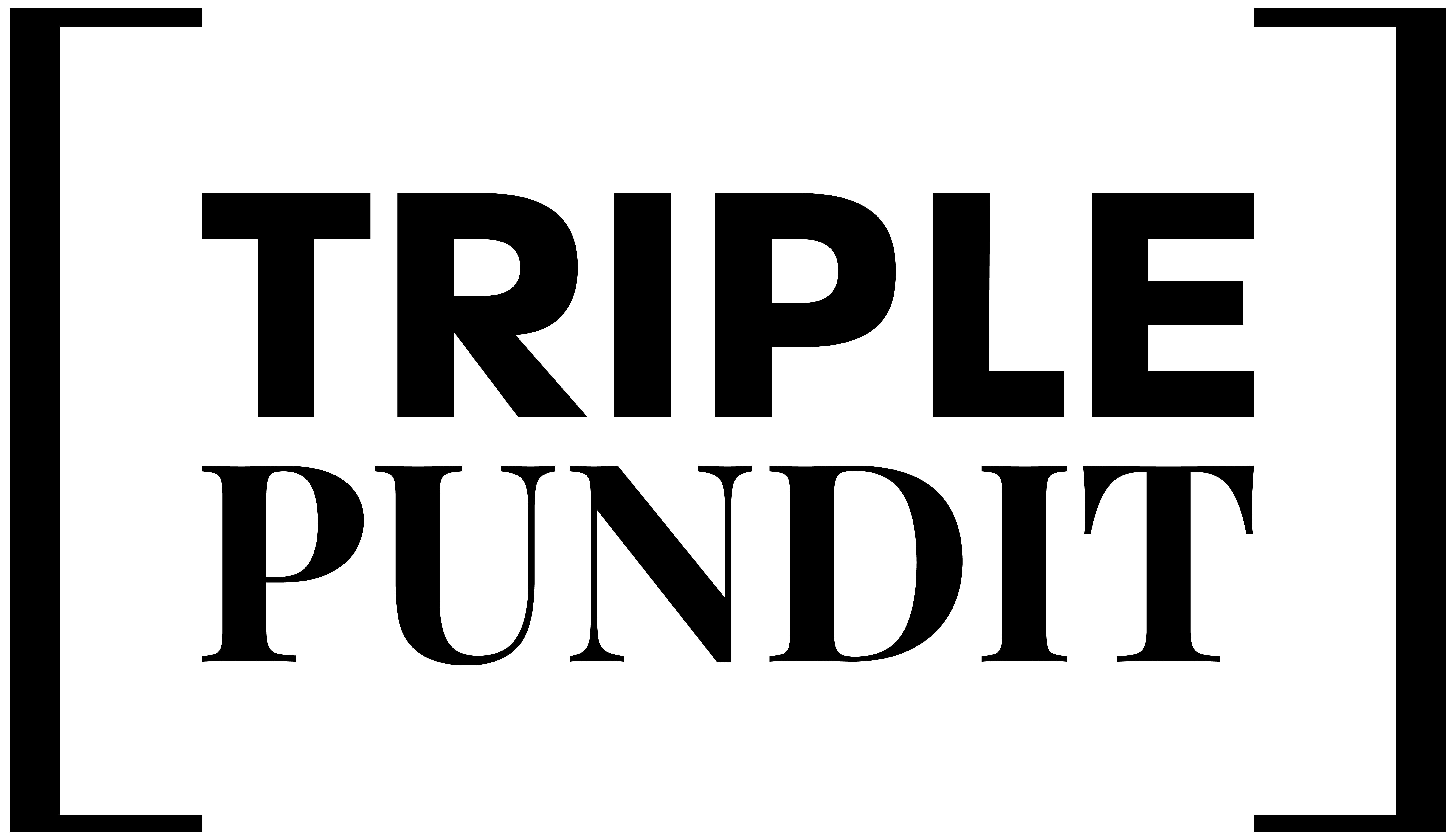Brands Taking Stands: The Role of the CR Practitioner as Companies Make Their Voices Heard

The Corporate Responsibility Association and CR Magazine are proud to present the annual COMMIT!Forum, the leading event for corporate responsibility (CR) and sustainability practitioners. This year’s theme is Brands Taking Stands: The Role of the CR Practitioner as Companies Make Their Voices Heard.
To spark dialog and engagement prior to the event, CR Magazine created an editorial series on the same topic. Follow along from now until October 11 at thecro.com and triplepundit.com, or better yet, see us in DC at the conference!
Click here for more information.

